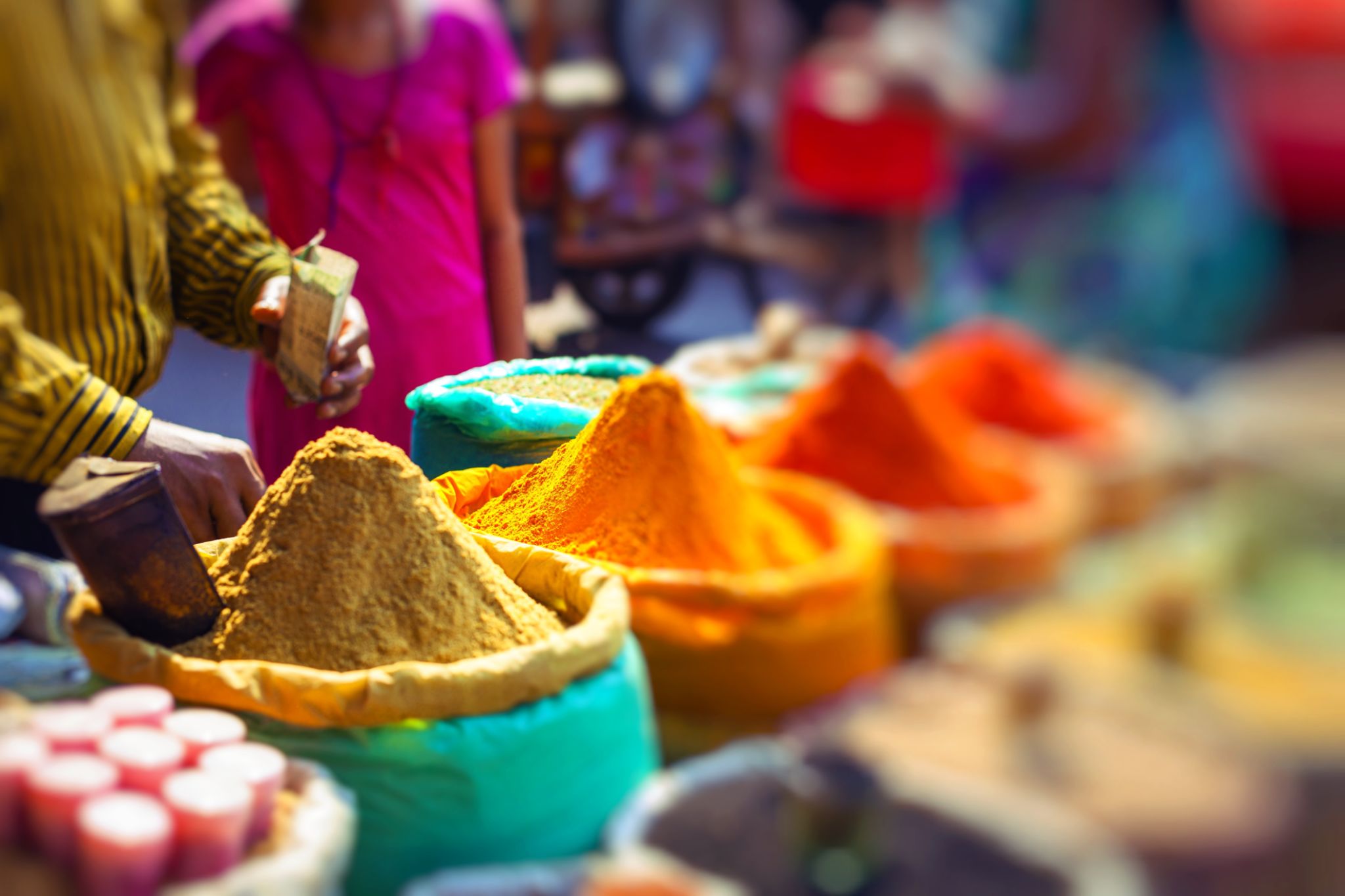Exploring Global Flavors: A Guide for Aspiring Chefs
The Journey Begins: Understanding Global Cuisine
For aspiring chefs, exploring global flavors is not just about cooking; it's an exciting journey that broadens culinary horizons and ignites creativity. The world is a melting pot of diverse cultures, each offering unique ingredients and cooking techniques. As you embark on this culinary adventure, you'll discover that every dish tells a story, reflecting the traditions and history of its country of origin.

Understanding the cultural context of a cuisine is essential. Before diving into recipes, take the time to learn about the history and culture that influence the dishes. This will not only enhance your appreciation but also provide inspiration for your culinary creations.
Exploring Ingredients: The Building Blocks of Global Dishes
The heart of any dish lies in its ingredients. From the aromatic spices of India to the fresh herbs of the Mediterranean, ingredients are what give each cuisine its distinctive flavor. Aspiring chefs should familiarize themselves with staple ingredients from various regions.
Consider starting with a few key ingredients from different parts of the world:
- Asia: Soy sauce, ginger, lemongrass
- Middle East: Cumin, saffron, tahini
- Latin America: Cilantro, chili peppers, lime
- Africa: Berbere spice, cassava, plantains

Experimenting with these ingredients will help you understand their flavors and how they can be combined to create authentic dishes.
Mastering Techniques: From Wok to Tagine
Each cuisine also comes with its own set of cooking techniques. Mastering these techniques is crucial for any chef aiming to recreate authentic flavors. For instance, the fast-paced stir-frying method used in Chinese cooking is vastly different from the slow simmering method required for a Moroccan tagine.
Here are some techniques to explore:
- Stir-Frying: A quick and high-heat method perfect for vegetables and meats.
- Braising: Slow-cooking method that tenderizes tough cuts of meat.
- Grilling: A popular technique in many cultures, adding a smoky flavor to food.

Practicing these techniques will not only improve your skills but also allow you to appreciate the nuances of each cuisine.
Creating Fusion: Blending Flavors with Confidence
Once you've gained confidence in understanding global flavors and techniques, consider experimenting with fusion dishes. Fusion cuisine is about blending elements from different culinary traditions to create something new and exciting. This approach allows chefs to innovate and offer unique dining experiences.
When creating fusion dishes, remember to balance flavors carefully. Mixing too many strong ingredients can overwhelm the palate. Instead, focus on complementary flavors and textures to achieve a harmonious dish.
Ultimately, exploring global flavors is a rewarding experience that enhances your culinary repertoire. As you delve into different cuisines, you'll not only become a more versatile chef but also a storyteller through your dishes. So grab your apron and passport; a world of flavors awaits!
Commercial Kitchen Marketplace
Your one-stop online destination for equipping professional kitchens. Discover a wide selection of durable, high-quality commercial-grade appliances, from heavy-duty ovens and refrigeration units to efficient food preparation tools and essential kitchenware. Visit our store: http://avice.org
